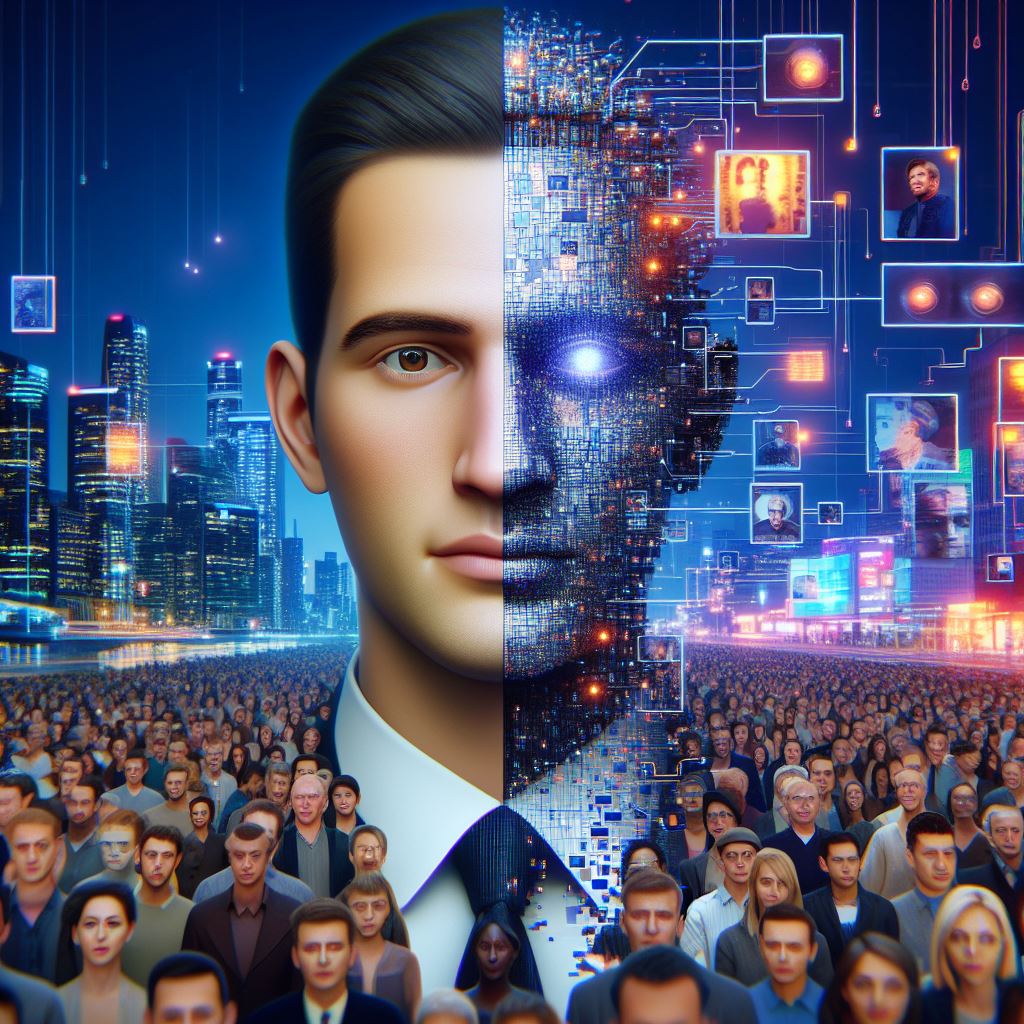AI deepfakes and democracy Artificial intelligence (AI) has made remarkable advances in recent years, enabling the creation of realistic and convincing fake videos and images, known as deepfakes. These deepfakes can be used for various purposes, such as entertainment, education, or research. However, they can also pose serious threats to democracy and elections, as they can be used to spread misinformation, propaganda, or slander.
Deepfakes are generated by using generative adversarial networks (GANs), which are a type of neural network that can learn from data and produce new data that resembles the original. GANs consist of two components: a generator and a discriminator. The generator tries to create fake data that can fool the discriminator, while the discriminator tries to distinguish between real and fake data. The generator and the discriminator compete with each other, improving their performance over time.
One of the applications of GANs is to create deepfakes, which can swap faces, voices, or expressions of people in videos or images. For example, a deepfake can make it appear that a politician is saying or doing something that they never did, or that a celebrity is endorsing a product or a cause that they do not support. These deepfakes can be very convincing, especially if they are combined with other techniques, such as voice cloning, lip syncing, or facial reenactment.
The problem with deepfakes is that they can be used to manipulate public opinion, influence voter behavior, or undermine trust in institutions and leaders. For instance, a deepfake can be used to spread false or misleading information about a candidate, a party, or a policy, or to discredit or defame an opponent. A deepfake can also be used to create fake news, fake evidence, or fake scandals, or to impersonate or blackmail someone. A deepfake can also be used to incite violence, hatred, or division among different groups or communities.
The impact of deepfakes on democracy and elections can be devastating, as they can erode the credibility and legitimacy of the democratic process and the electoral outcome. They can also damage the reputation and integrity of the candidates and the parties, and affect the voters’ confidence and trust in them. They can also distort the voters’ perception and understanding of the issues and the facts, and sway their decisions and preferences. They can also undermine the social cohesion and the civic engagement of the citizens, and fuel polarization and conflict.
The challenge of combating deepfakes is that they are becoming more accessible and sophisticated, and harder to detect and verify. There are some methods and tools that can help identify and expose deepfakes, such as digital forensics, blockchain, or AI-based detection. However, these methods and tools are not foolproof, and they may not be able to keep up with the rapid evolution and innovation of the deepfake technology. Moreover, these methods and tools may not be widely available or accessible to the public, or they may not be trusted or accepted by the users.
Therefore, it is important to raise awareness and educate the public about the existence and the dangers of deepfakes, and to encourage them to be critical and vigilant consumers and producers of information. It is also important to foster a culture of transparency and accountability, and to promote ethical and responsible use of AI and deepfake technology. It is also important to strengthen the legal and regulatory frameworks, and to enforce the laws and the norms that protect the rights and the interests of the individuals and the society. It is also important to foster collaboration and cooperation among different stakeholders, such as governments, media, civil society, academia, and industry, to develop and implement effective and coordinated strategies and solutions to address the challenge of deepfakes.
AI deepfakes and democracy AI deepfakes can be a powerful and dangerous tool that can manipulate voters and threaten democracy. However, they can also be a creative and beneficial tool that can enhance communication and education. The key is to use them wisely and ethically, and to prevent them from being abused and misused. The future of democracy and elections depends on how we deal with the challenge of deepfakes. AI deepfakes and democracy


4 thoughts on “How AI Deepfakes Can Manipulate Voters and Threaten Democracy”